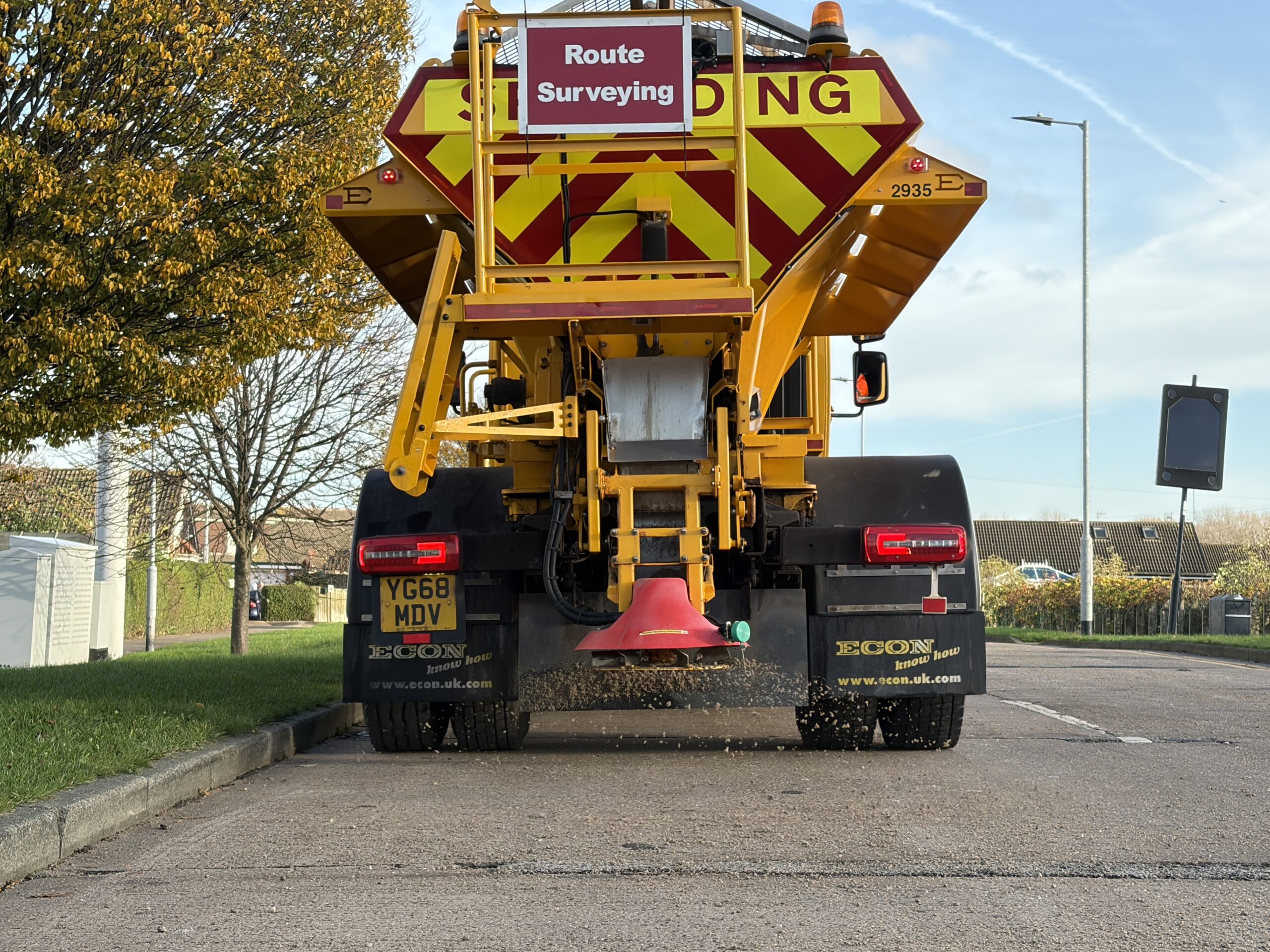Hull City Council is encouraging motorists and the travelling public to allow additional time for journeys and to drive to the conditions, following a flurry of winter weather overnight and with the forecast indicating subzero temperatures over the coming days.
The council’s streetsence services have been gearing up for the prospect of icy conditions for a number of weeks – testing equipment and gritters and familiarising winter operatives with their routes – and were out across the city last night and in the early hours of this morning.
“Our aim is always to make Hull’s roads as safe as possible and keep disruption caused by winter weather to a minimum,” said Councillor Mark Ieronimo, cabinet portfolio holder for transport and infrastructure.
“From late autumn to late spring, we are on standby 24-hours-a-day to respond to bad weather conditions.
“Our activity is informed by detailed weather forecasts from two weather monitoring stations in Hull. This helps us forecast road surface temperatures and decide which roads need gritting and when.”
Adam McArthur, head of environmental services and open spaces at the council, said: “In anticipation of snow and ice that was forecast, our teams went out at 9pm on Wednesday night and again at 1am this morning.
“With the forecast still showing some icy conditions, we went out at 5am and have deployed our crews again on the major highway network following the most recent flurry.
“Our weather monitoring indicates a break in the snow from lunchtime today, however we are expecting some rain later in the afternoon, but we will continue to monitor conditions and act in accordance with our winter maintenance plan.”
In addition to the gritting fleet being out and about, street sweeping crews have also undertaken gritting of the city centre last night and assisted with arterial roads.
Street sweeping crews, supported by the council’s Love Your Neighbourhood teams, have also been footway gritting this morning.
The council’s response to winter weather is directed from its depot at Stockholm Road, where the authority’s fleet of six gritters are based as well as its salt stocks.

As the local highway authority for adopted roads, the council’s plan focuses on gritting main roads, footways and cycleways.
Gritting involves the spreading of rock salt. The salt lowers the temperature at which water freezes. This prevents ice from forming or snow from setting. It needs traffic to be effective, as it relies on the action of vehicle tyres for the salt to spread over the road.
Rock salt is effective at temperatures down to minus 8 to 10 degrees Celsius. Below that, salted roads will still freeze.
Road gritting is concentrated on the key routes which carry the majority of traffic around Hull, including bus routes, such as Sutton Road, Cottingham Road, Clough Road, Beverley Road, Anlaby Road, Spring Bank, Holderness Road, Preston Road, Hessle Road and the City Centre.
The A63 and A1033 Trunk Roads are the responsibility of Highways England and are administered by their agents.
East Riding of Yorkshire Council is the only other local highway authority with shared boundaries.
The council liaises with these two adjacent highway authorities to make sure the travelling public can rely on a consistent level of treatment.
Find out more about gritting routes in your area
When snow and ice is predicted, in addition to treating the highway network, the council’s street cleansing teams also grit footways, pedestrian areas and streets with high footfall, as a precaution.
“When adverse weather hits, we will aim to clear snow from main walking routes, such as the city centre, as our main priority. If conditions continue, we look at clearing snow from bus stops. Then we concentrate on areas where vulnerable people live,” added Councillor Ieronimo.
To support local communities, there are also 400 grit bins positioned in locations around the city for the use of residents to treat footpaths in their area.
Report an empty grit bin, request a refill or a replacement or new bin
